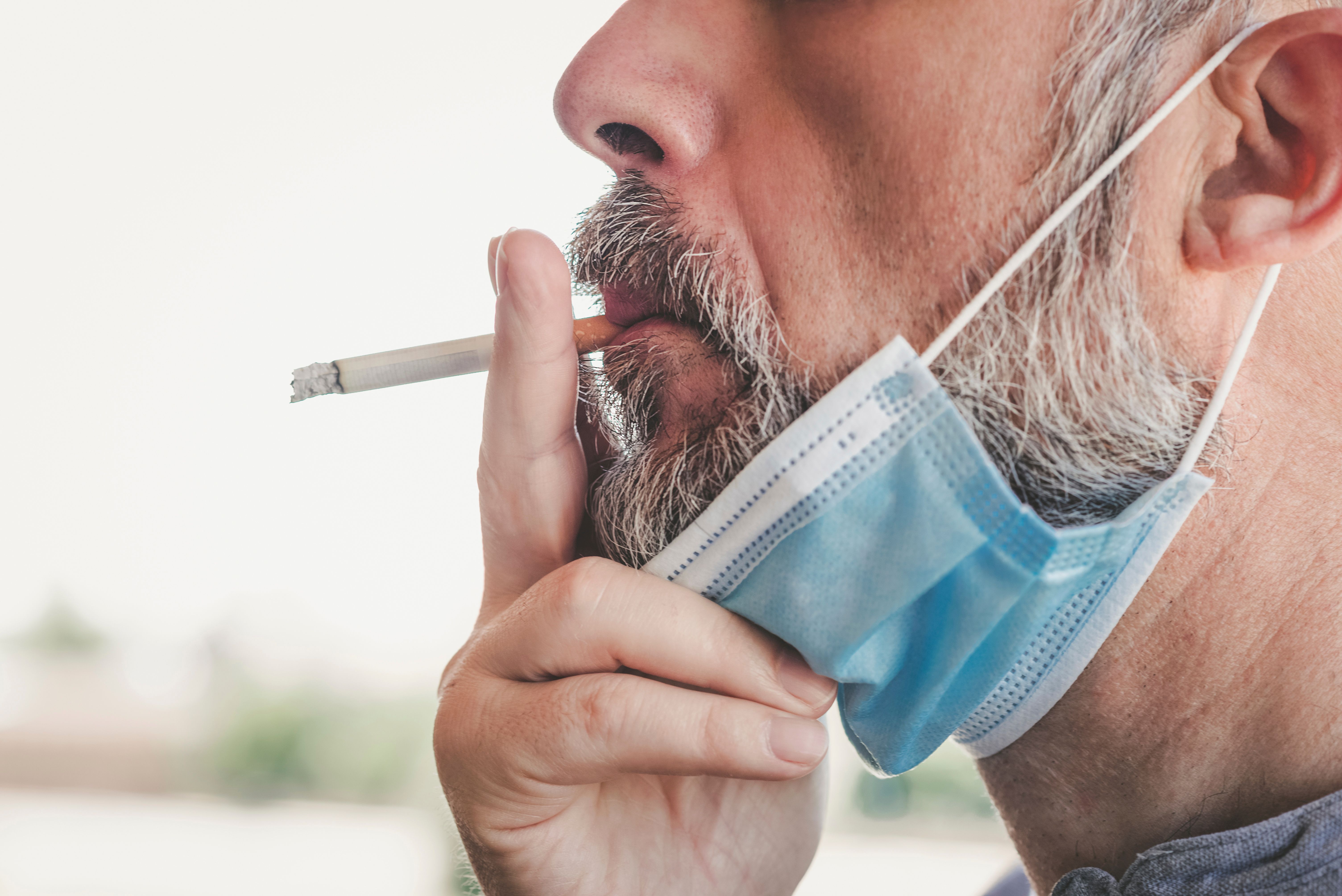How the COVID-19 Pandemic Changed State-Level Cigarette Sales
During the COVID-19 pandemic, cigarette sales differed from projected sales volume. One study examined these trends at the state level.

The COVID-19 pandemic had the unexpected consequence of raising overall cigarette sales in the United States.
While ironic that the outbreak of a deadly respiratory infection coincided with higher-than-predicted cigarette sales, state-specific data were previously unknown.
A recent study, published in JAMA, was the first to estimated changes in state-level cigarette sales during the COVID-19 pandemic. “The differential changes in cigarette sales across states may reflect state-level variation in the COVID-19 pandemic response and tobacco control policy environment,” the study authors noted.
The investigators examined state-level cigarette sales volume, obtained from data reported by tobacco manufacturers and importers to the US Department of Treasury. They analyzed state-level quarterly sale volumes of cigarette packs per capita, based of annual population data.
Using interrupted time series analysis, the investigators compared changes in cigarette sales before the COVID-19 pandemic (2008 Q3-2021 Q1) and during the pandemic (2020 Q2-2021 Q4). Their estimate of the change in state-level cigarette sales accounted for inflation-adjusted cigarette prices, quarterly seasonality, and self-reported sociodemographic characteristics.
Anticipated cigarette sales after the onset of the COVID-19 pandemic were derived from state-level pre-pandemic trends. The investigators calculated changes in cigarette sales during the pandemic using the mean difference between observed and expected quarterly cigarette sales.
The final analysis included 2754 observations spanning 54 sales quarters. At the national level, cigarette sales per capita were higher before the pandemic, and the inflation-adjusted cigarette price increased after the pandemic.
Compared with the expected sales during the pandemic period, quarterly cigarette sales per capita were lower in 8 states and Washington, DC, higher in 22 states, and unaltered in 20 states.
Colorado had the highest absolute decrease (-0.88 packs), while New Hampshire had the highest absolute increase (2.3 packs) in quarterly per capita packs of cigarette sales. Washington, DC, had the highest percentage decrease (18.6%) and Pennsylvania had the highest percentage increase (16.7%) in quarterly packs of cigarettes sold.
Overall, quarterly national-level cigarette sales increased by 0.23 packs per capita, for a 1.9% increase in US cigarette sales.
The investigators noted a limitation of the study is that an increase in cigarettes sold does not necessarily equate to an increase in cigarettes smoked. They emphasized the vital nature of this research, writing, “States with increases in cigarette sales over the expected sales could experience a slowdown in the previous downward changes in cigarette consumption, which may reverse the progress in tobacco control and need to tighten tobacco control policies to achieve pre-pandemic targets.”
America’s 1.9% increase in sales is corroborated by earlier research that found cigar and cigarette sales increased during the COVID-19 pandemic. However, the variance in cigarette sales at the state level could reflect states’ different pandemic responses and tobacco control policies.
